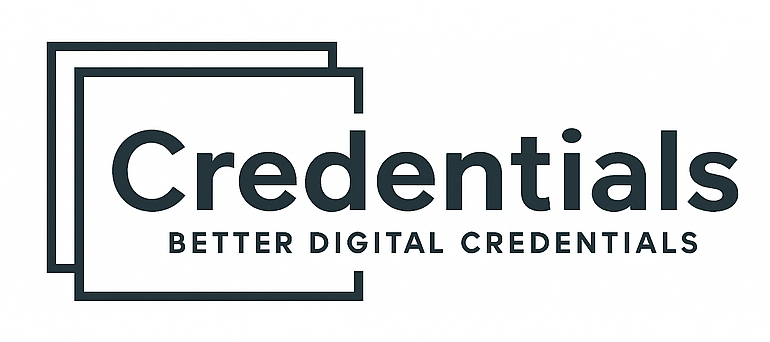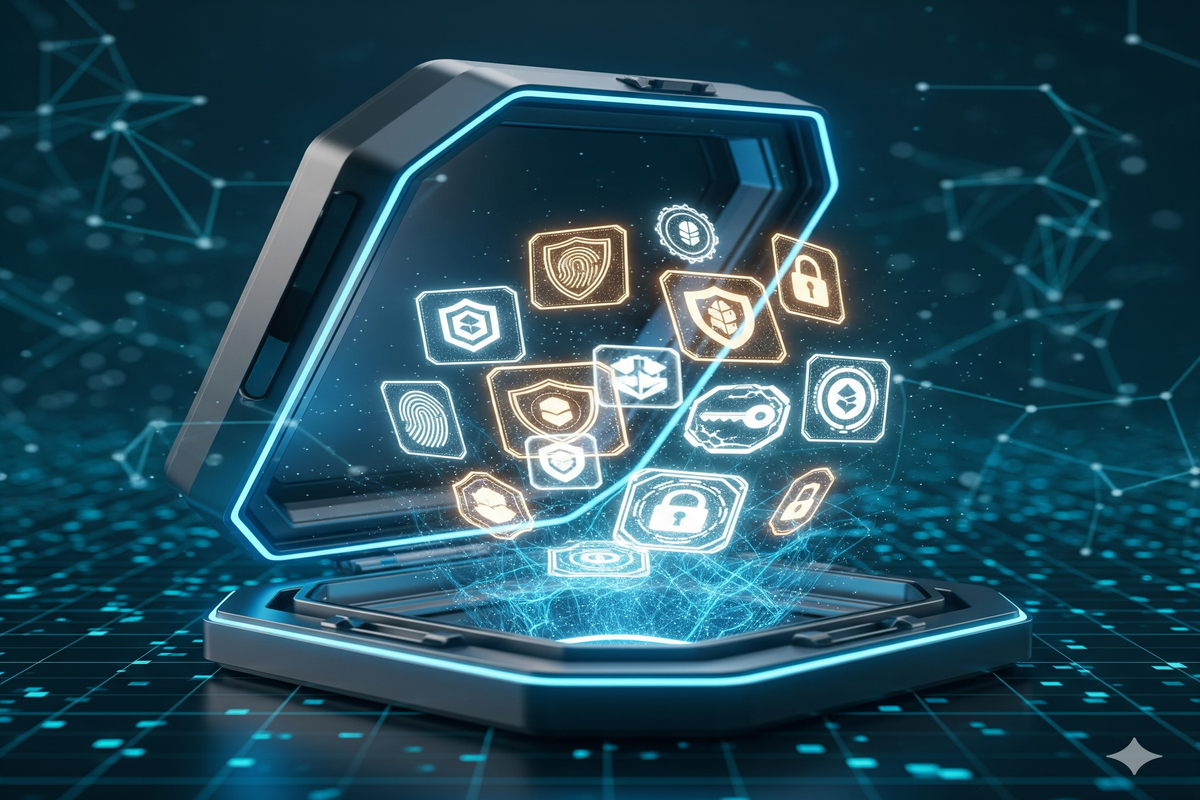Introduction: why education can no longer be linear
For much of the 20th century, education followed a predictable path: study for years, obtain a degree, and leverage it for a lifetime career. But in today’s world of rapid technological disruption, globalization, and evolving labor markets, this linear model is no longer sufficient.
Enter microcredentials — short, flexible, verifiable certifications that validate specific skills or competencies. They represent a paradigm shift in how we think about learning and employability.
What are microcredentials?
Microcredentials are digital certifications that recognize learning in a targeted, modular way. Unlike a traditional diploma that covers a broad field of study, microcredentials:
- Focus on specific competencies.
- Are stackable — learners can combine them into larger qualifications.
- Are portable and verifiable, often aligned with open standards like OpenBadge 3.0.
- Can be earned quickly (weeks or months rather than years).
This flexibility allows learners to adapt their profiles to labor market needs in real time.
Why microcredentials matter now
The OECD (2023) highlights that continuous learning is essential to sustain employability in the digital age. Microcredentials answer this challenge by offering:
- Agility: skills recognition in weeks.
- Relevance: programs aligned with labor market demands.
- Portability: credentials that travel across borders and sectors.
For employers, they provide transparency; for professionals, they offer visibility; for universities, they open new opportunities to reach non-traditional learners.
Microcredentials in higher education
Universities leading adoption
- HarvardX and MITx (USA): programs on edX that award stackable digital certificates in data science, AI, and leadership.
- Tecnológico de Monterrey (Mexico): nano-degree style programs recognized across Latin America.
- University of Melbourne (Australia): comprehensive microcredential framework integrated into degrees.
- European Commission: promoting microcredentials across the EU via the European Micro-credential Framework and Europass.
Why universities embrace them
- To stay competitive in a global education market.
- To connect academic programs to industry needs.
- To diversify revenue streams by offering short, targeted programs.
Microcredentials in companies
Corporations are equally active:
- IBM: issued millions of badges for technical and soft skills, one of the most referenced corporate models.
- Google & Amazon Web Services: certifications in cloud computing, cybersecurity, and AI, widely recognized by employers.
- Siemens & Microsoft: microcredentials in digital transformation and sustainability.
For businesses, microcredentials represent a way to measure, project, and guarantee workforce competitiveness.
Platforms enabling the ecosystem
The microcredential boom is supported by specialized platforms:
- Credly (USA): the largest global network, connecting employers and learners.
- Accredible: focused on e-learning and professional certification markets.
- POK (Latin America): blockchain-based, with NFT-backed certificates and white-label wallets for institutions.
- Badgr: pioneers in open badges, now integrated into Concentric Sky’s ecosystem.
Each platform brings a different approach: network effects, integrations, blockchain transparency, or open standards. Together, they reflect a diverse but converging market.
Benefits of microcredentials
For learners
- Personalized pathways: individuals curate their own portfolio of skills.
- Employability: enhanced job opportunities by showing validated competencies.
- Mobility: portability across regions and industries.
For employers
- Workforce mapping: real-time data on employee skills.
- Upskilling strategies: identify and close skills gaps quickly.
- Recruitment efficiency: faster, evidence-based hiring.
For institutions
- Brand visibility: credentials shared on LinkedIn become digital marketing.
- Engagement: alumni and professionals remain connected.
- Innovation: aligning education with 21st-century skill needs.
Challenges to adoption
Despite strong momentum, barriers remain:
- Recognition: not all microcredentials are equally valued by employers.
- Integration: difficult to embed them in traditional degree systems.
- Standards: the need for interoperability across platforms and borders.
- Equity: ensuring access for disadvantaged learners.
Comparing microcredentials vs. traditional degrees
A traditional degree usually requires a long duration, typically between two and five years, while microcredentials can be completed in just a few weeks or months, adapting to faster learning needs.
When it comes to focus, degrees provide a broad and general education, covering multiple subjects, whereas microcredentials are designed to validate specific skills directly linked to the labor market.
In terms of recognition, traditional degrees enjoy a high and established prestige worldwide. Microcredentials, on the other hand, are experiencing growing recognition, especially as institutions, companies, and governments adopt them.
Regarding portability, a degree often comes in paper or PDF format, making it harder to share or verify. Microcredentials are global and digital, easy to access, verify, and showcase across platforms like LinkedIn or professional portfolios.
Finally, cost is another significant difference. Traditional degrees are generally expensive, involving tuition and additional expenses, while microcredentials are more affordable, allowing learners to upskill or reskill without the heavy financial burden of a long program.
Microcredentials are not a replacement but a complement to traditional degrees.
Trends shaping the future of microcredentials
- Stackable learning: microcredentials accumulated into full degrees.
- Integration with AI: job-matching engines connecting verified skills with vacancies.
- Self-sovereign identity wallets: learners owning and controlling all their achievements.
- Employability analytics: insights into how credentials circulate in labor markets.
- Public-private partnerships: governments, universities, and corporations collaborating on standards.
Conclusion
Microcredentials are redefining the relationship between education and work. They embody the shift from linear, one-time education to continuous, modular, and globally portable learning.
For learners, they offer empowerment. For companies, they provide certainty. For universities, they ensure relevance.
The market is being shaped by global leaders like Credly and Accredible, alongside regional innovators such as POK, all contributing to a more transparent and interconnected credential ecosystem.
In a world where skills define competitiveness, microcredentials are not just a trend — they are the future of lifelong learning and employability.

